What Is a Condo and What Are Their Pros and Cons?
Condominiums are a type of property common in new construction. Here’s a guide to understanding them, whether you’re in the market or not.

A new condo development in Boerum Hill. Photo by Stribling & Associates
What is a condo? Depending on where you live, a condo might conjure visions of a townhouse or an apartment. But it’s actually a form of property ownership, not a building style.
A condominium may offer certain advantages over other properties, such as a house or co-op, depending on your situation and location.
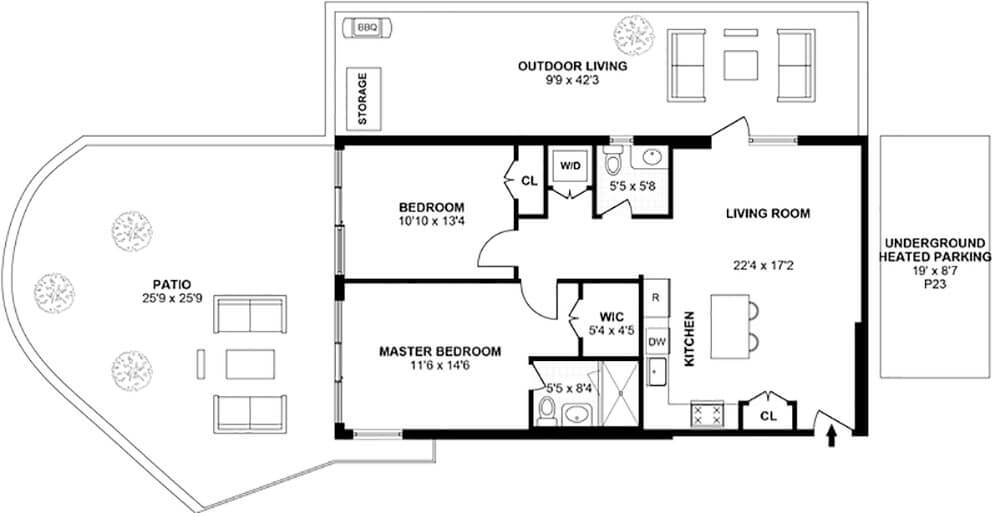
A quick definition of a condo
A condo is a residential or commercial property unit in a building or complex whose individual deed owners share common space. For example, in a townhouse condo development or condo apartment building, the condo association may be responsible for maintaining exterior walls, roofs, decks and grounds.
“In a condo, you own the unit (real property), vs. a co-op where you own a share in a corporation that owns the building,” Douglas Elliman associate real estate broker Maureen Hogan told Brownstoner.
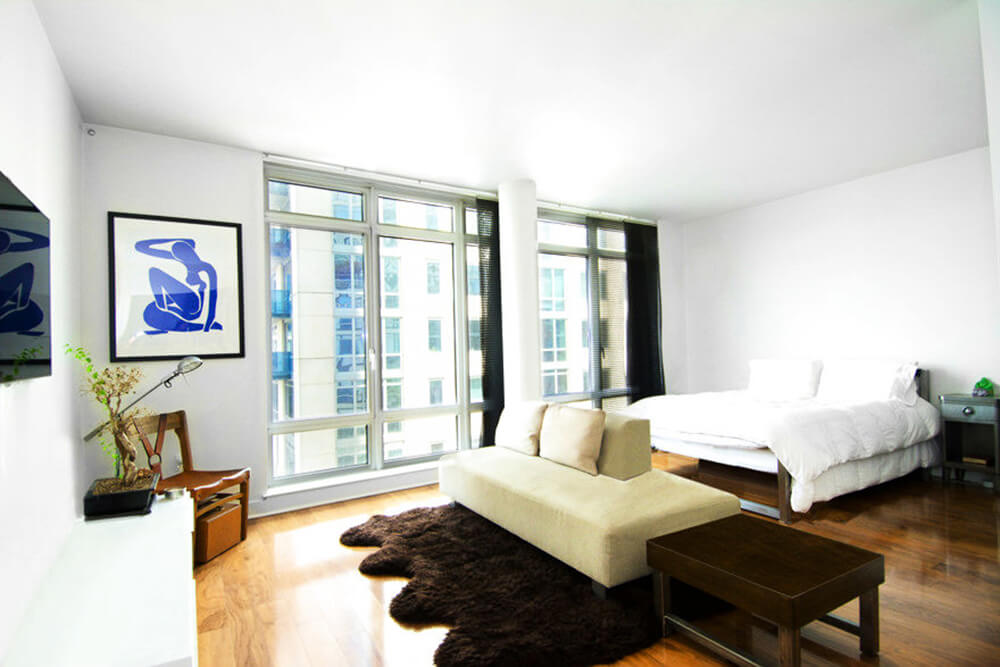
Advantages and disadvantages of a condo
In areas where standalone single-family houses are the dominant type of owned housing, condos can be less desirable, less expensive, and their value may be less stable. In New York City, condo apartments are more scarce and typically more expensive than comparable co-op apartments.
Condo owners pay monthly common fees to the condo association as well as taxes on their units.
In New York City, condos confer certain advantages over co-ops: Buyers are not subject to board approval, they do not have to meet co-op board financial requirements or disclosures, and there are rarely rules prohibiting subleasing or restricting who can live in the unit.
This means a condo can be used as an investment, since the owner is not required to live there, or a pied-a-terre, which are usually forbidden in co-op buildings.
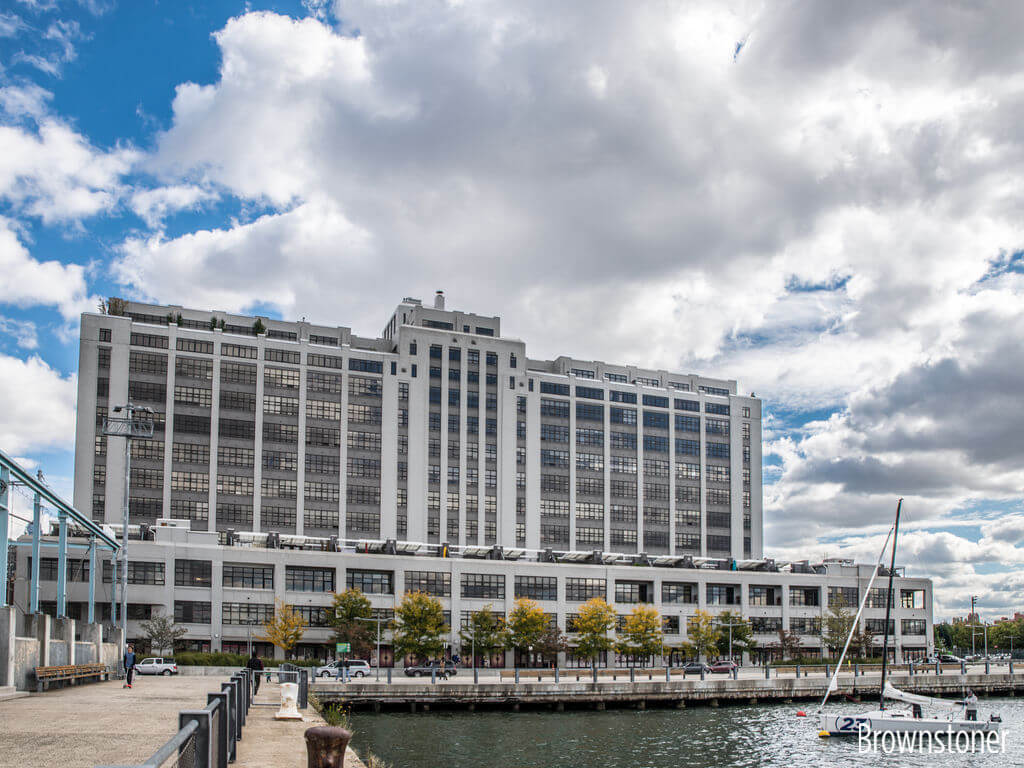
Their greater flexibility can also have certain downsides as well: They can be less financially stable than co-op buildings, and theoretically it’s possible residents might be less careful about following rules about noise, garbage, smoking and other nuisances since they are less invested in the building.
“People gravitate towards condos for the flexibility it gives their life,” said Hogan. “If they transfer for a job, they can rent their home. If they need to sell, it’s their decision whom they can sell to. This is a huge factor for today’s young professionals in our global economy.”
Styles of condo buildings
Condos are almost always in newer buildings, which means they tend to have the style and layout of new construction: Modern finishes, large and numerous bathrooms, open plan layouts.
“Condo units also take advantage of informal living arrangements,” David Cunningham of David Cunningham Architecture Planning design firm told Brownstoner, noting that condo apartments often feature minimal trim and standard eight-foot ceilings.
Condo buildings tend to be boxy and simple in shape compared with prewar older buildings, largely because new construction takes advantage of innovations in air conditioning, he added.
Condos typically have more up-to-date amenities, such as gyms, common rooms, roof terraces, and in-unit washer/dryers.
Like a house but unlike a co-op, condo closing fees include title insurance. In New York City, a condo unit has its own block and lot number, just like a house (co-ops do not). The city uses the block and lot number to track the location of the property for tax and other purposes.
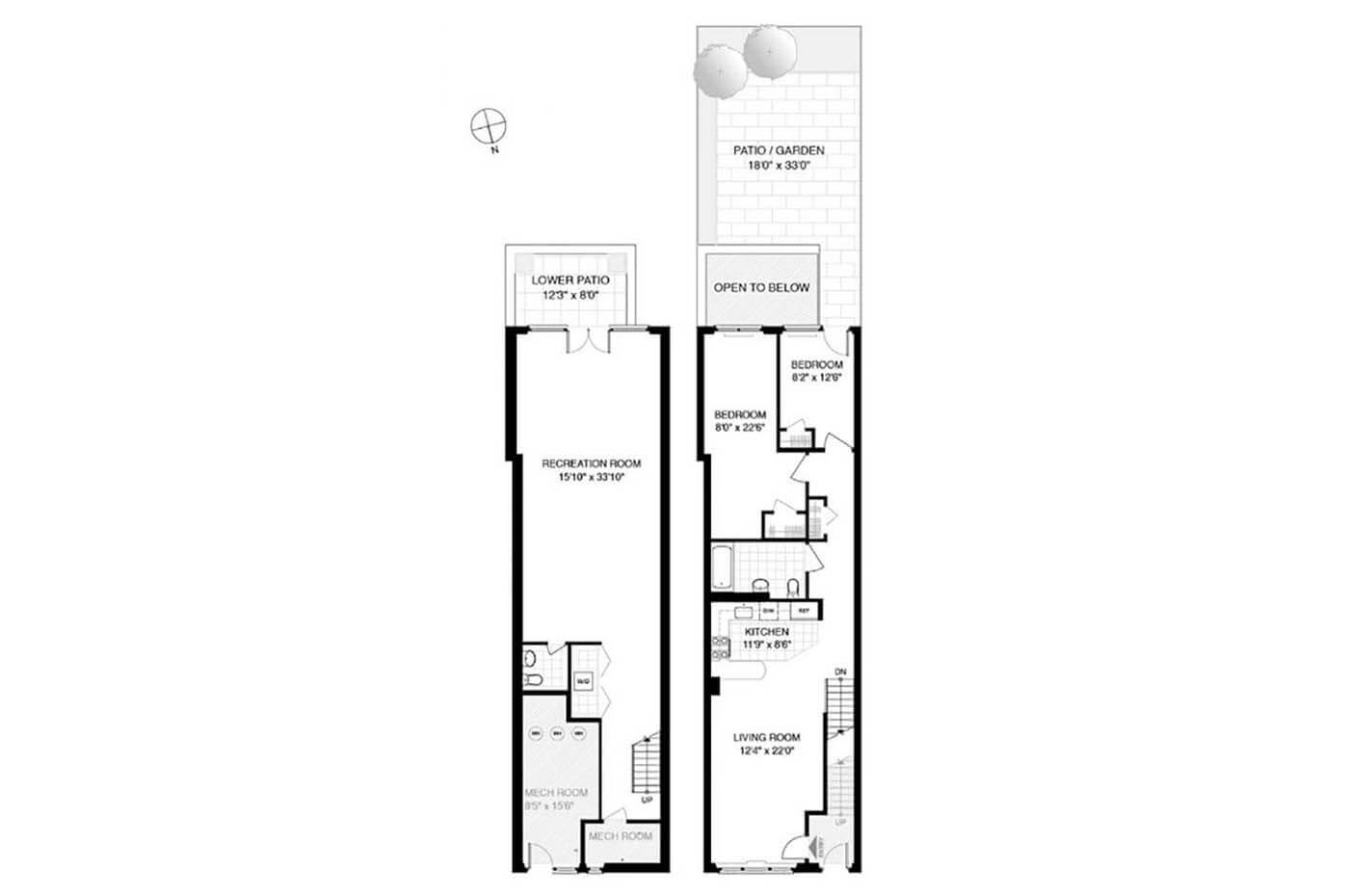
Where to find a condo
Condos are relatively scarce in New York City compared to co-op and rental apartments. Condos tend to predominate in new construction, and are more plentiful in Manhattan than elsewhere. Brooklyn is known for having a shortage of condo buildings; developers in the borough are more likely to put up rentals rather than condos because of land costs and financing.
Condos can be found throughout the borough, although they cluster where land prices are highest and in areas where new construction is common.
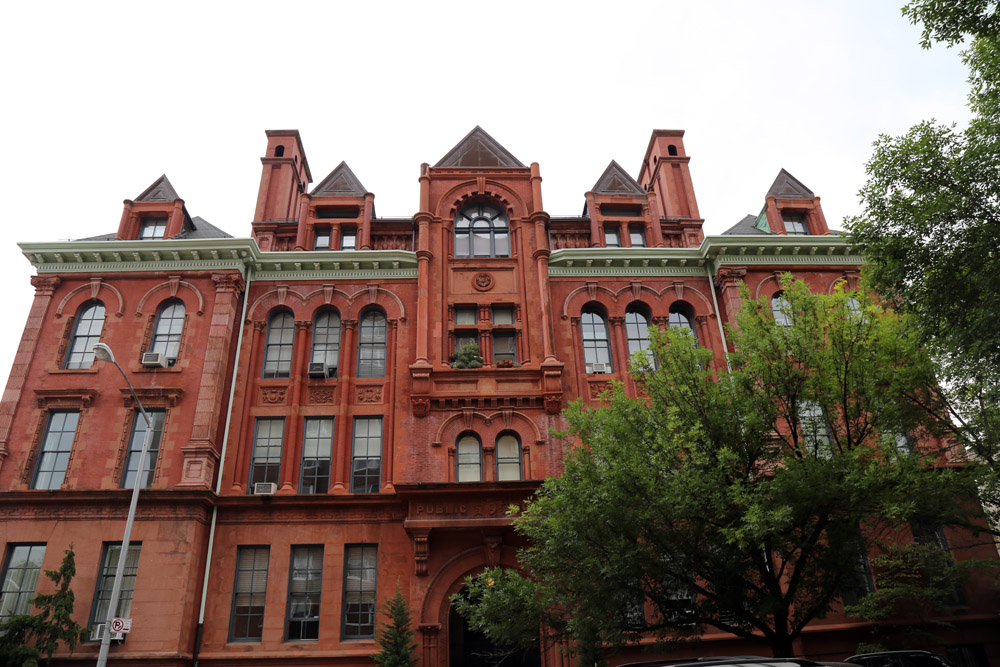
Although condos are not common in Brooklyn, some of Brooklyn’s best known buildings are condos. They include new-construction luxury buildings as well as modern conversions of former commercial buildings, ranging from historic schools to factories to bank buildings.
Some of Brooklyn’s more prominent condo conversions include a former commercial building at 360 Furman in Brooklyn Bridge Park, the former Williamsburgh Savings Bank building One Hanson Place in Fort Greene, and the former red brick schoolhouse P.S. 9 Annex at 279 Sterling Place in Prospect Heights.
Newer luxury condo buildings include high-rise towers The Edge at 34 North 7th Street in Williamsburg and Toren at 150 Myrtle Avenue in Fort Greene.
Well-known condo buildings under construction include industrial conversions at 51 Jay Street and 200 Water Street in Dumbo, the controversial Pierhouse development at 90 and 130 Furman streets in Brooklyn Bridge Park, and Atlantic Yards/Pacific Park condos at 550 Vanderbilt and 615 Dean Street in Prospect Heights.
Listings for condo apartments can be found in Brownstoner’s real estate listings by selecting “condo” under “type.” Listings also specify whether a home is a condo or some other property type.
Related Stories
What Is a Garden Apartment, Anyway? The Answer May Surprise You
What Is a Floor-Through Apartment, Anyway?
What Is a Classic Six Apartment, Anyway?
Businesses Mentioned Above
Email tips@brownstoner.com with further comments, questions or tips. Follow Brownstoner on Twitter and Instagram, and like us on Facebook.



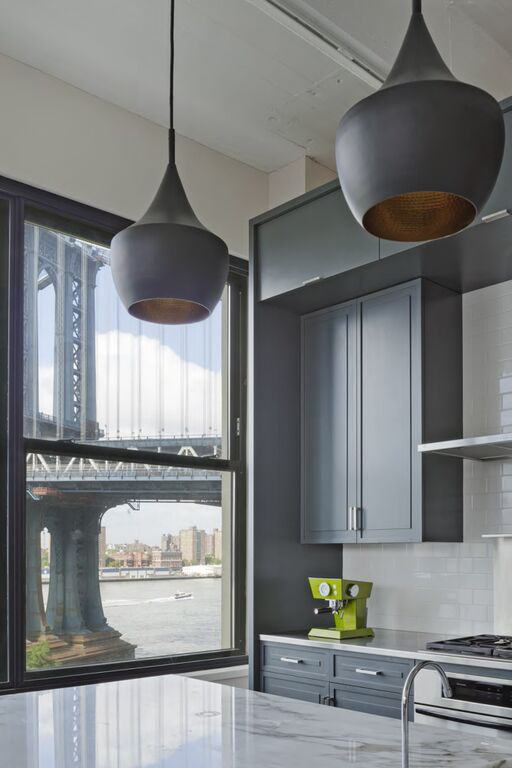
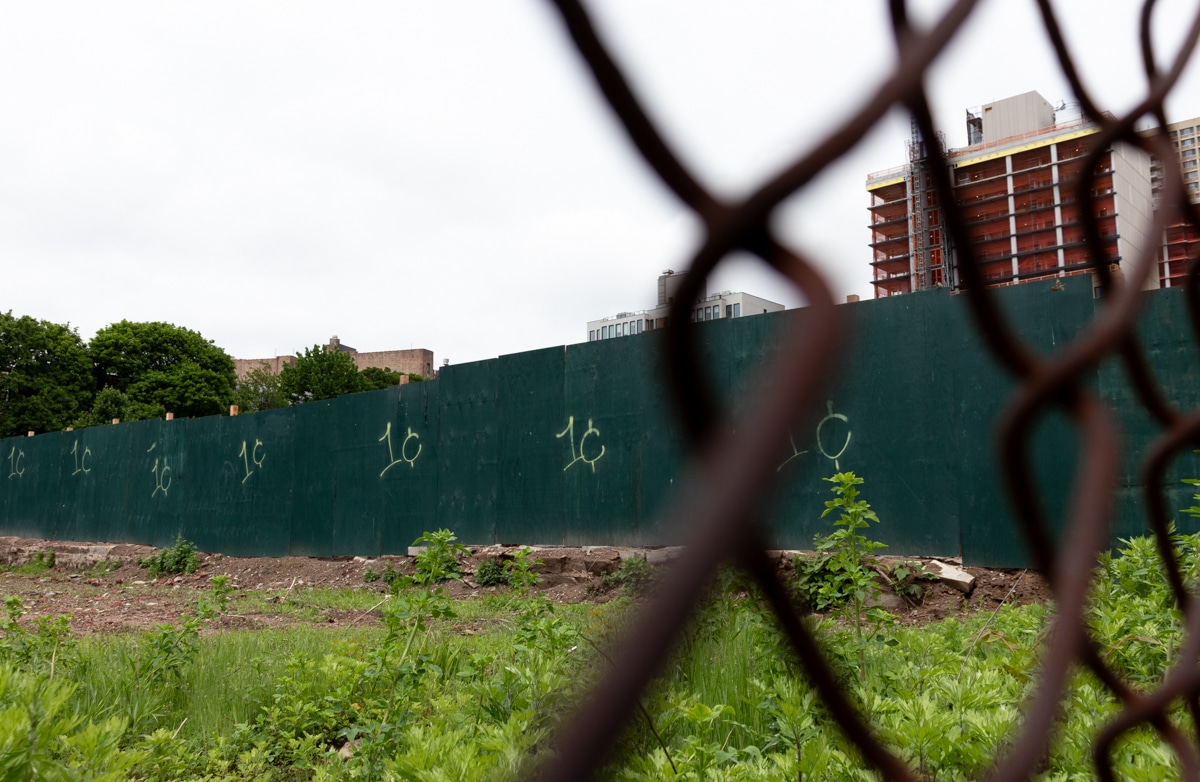
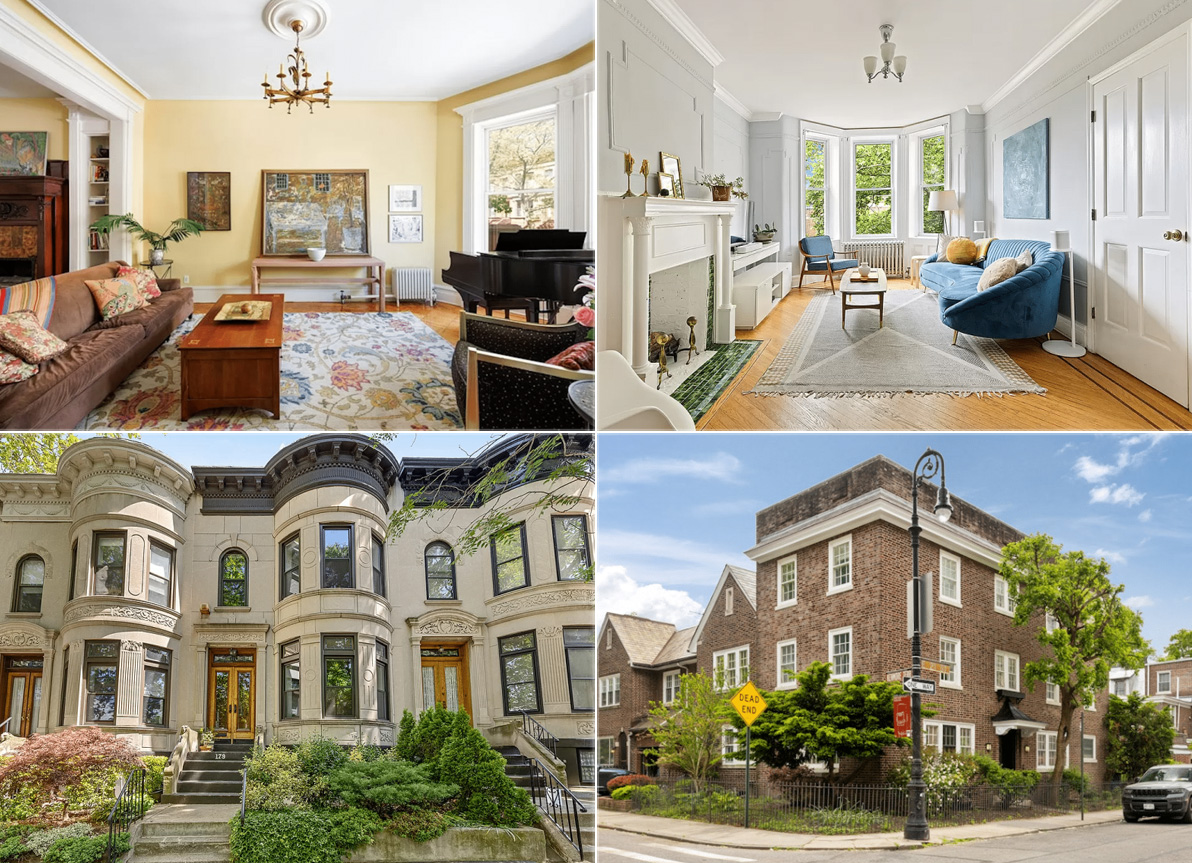
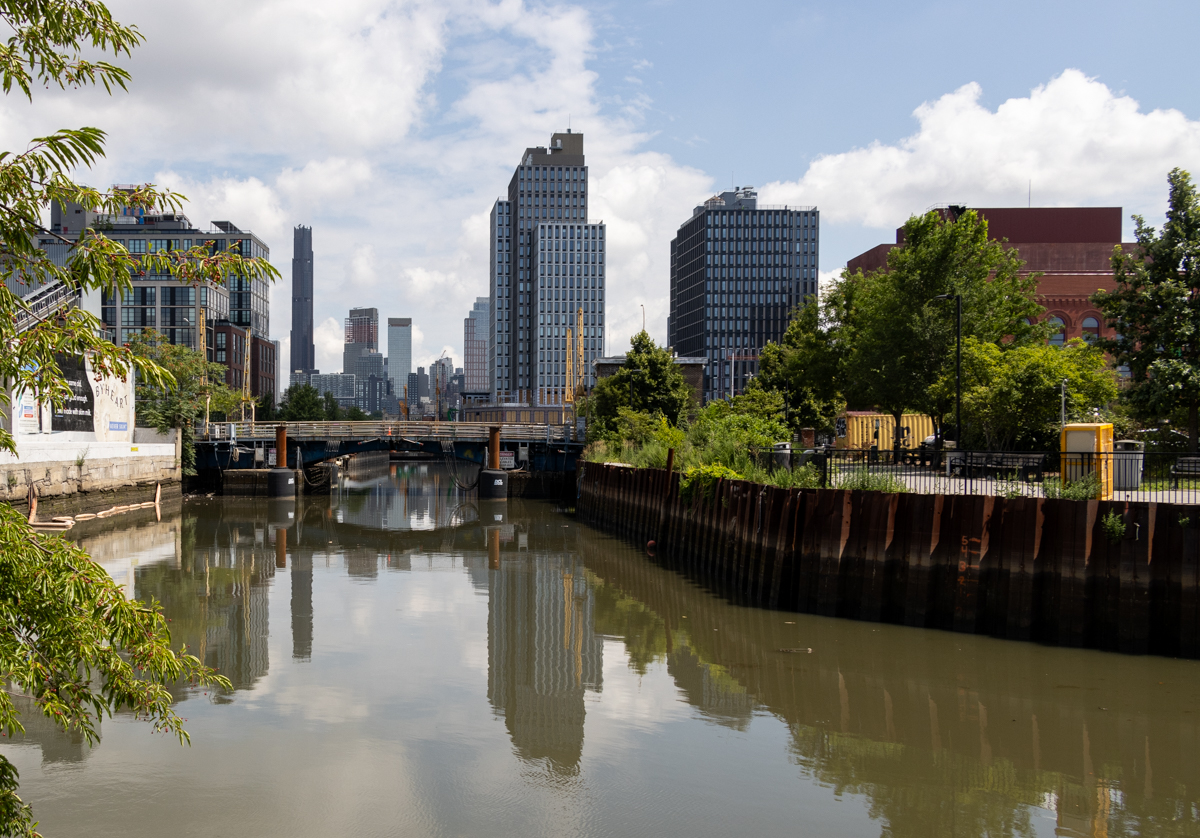
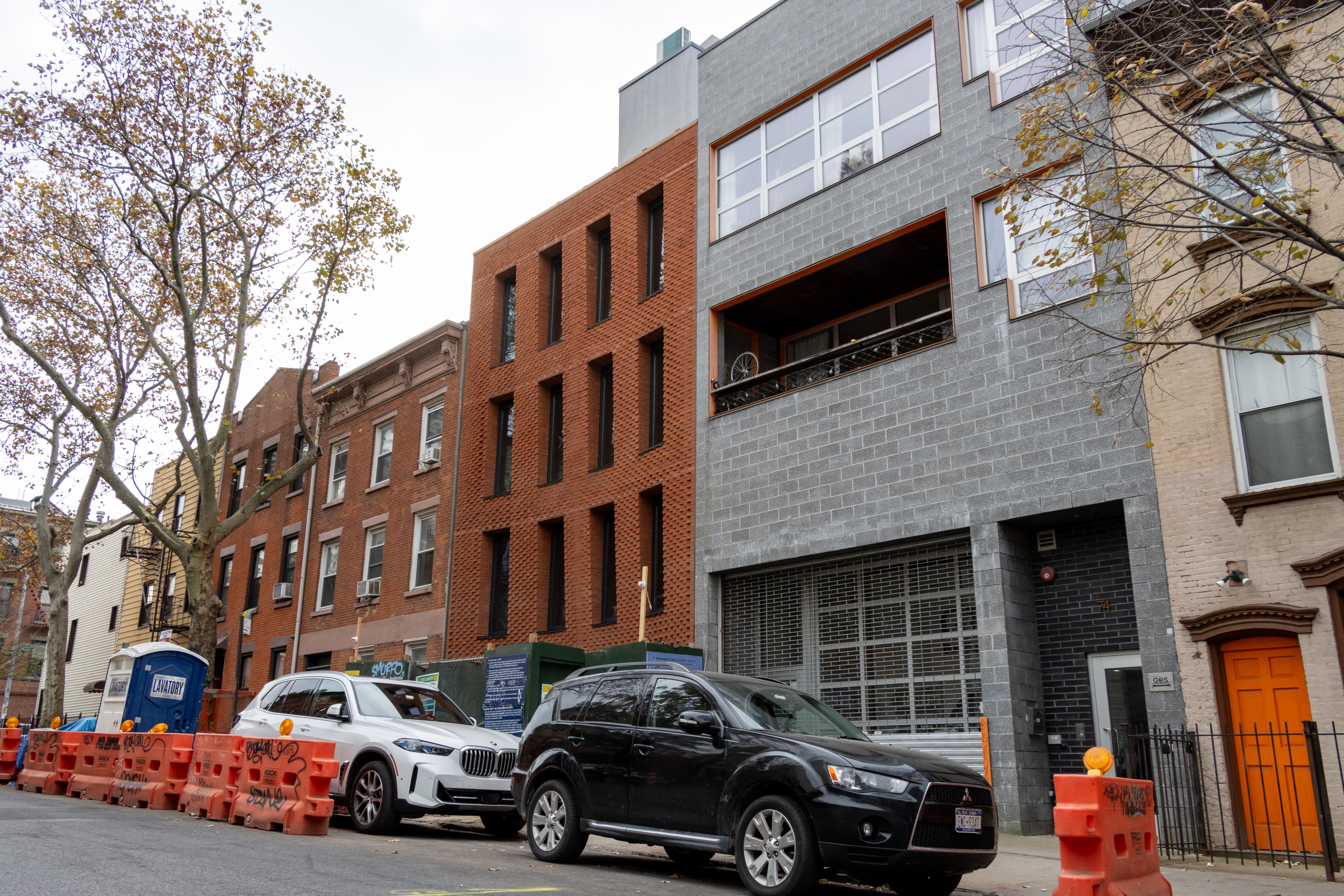


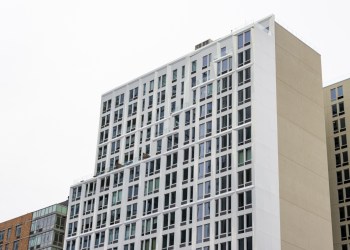

What's Your Take? Leave a Comment